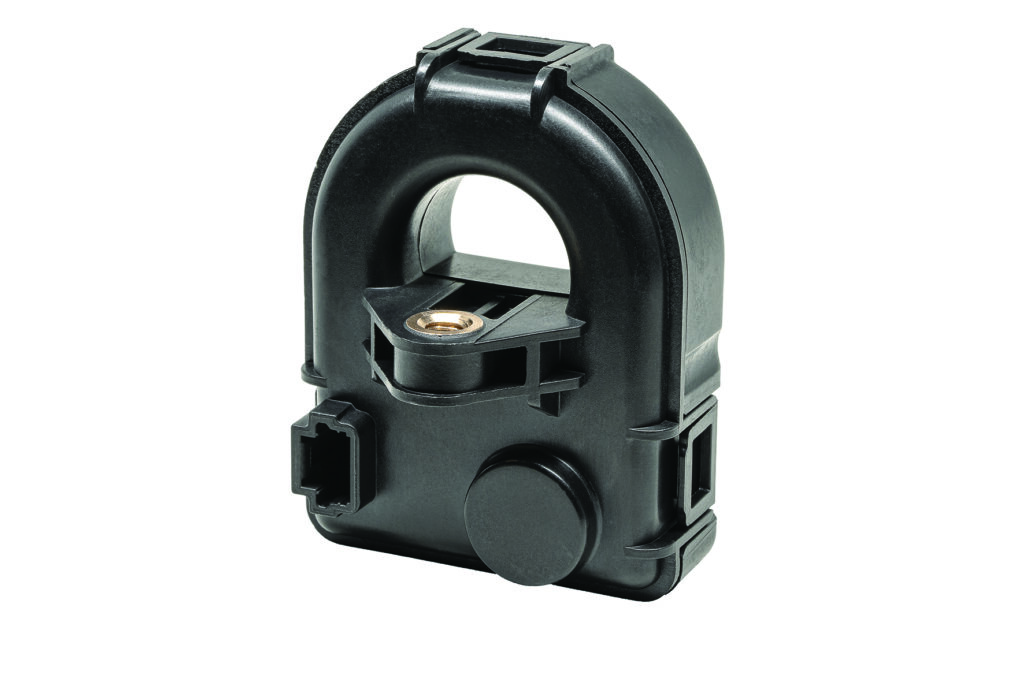Sensor aims to boost range of EVs

LEM has developed a current sensor with resolution of 0.1% that can boost the range of EVs (writes Nick Flaherty).
The CAB 1500 uses an open-loop fluxgate transducer to deliver the resolution and a total error of 0.5%. This provides reliable coulomb counting to measure the discharging current of lithium-ion batteries to estimate their SoC more accurately and hence to provide more range.
The low-frequency fluxgate transducer is made of a wound core that saturates under low induction. A current-chopper switches the winding’s current to saturate the magnetic core at the maximum magnetic field with a fixed frequency, which for the CAB-1500 is 20 Hz.
Fluxgate transducers use the change of the saturation’s point symmetry to measure the primary current so that all electric and magnetic offsets are cancelled out, providing the accurate measurement.
Current ripples on the high-voltage DC lines could be induced during power conversion from devices such as the DC-DC converter, inverter or the OBC. The ripples not only have a negative impact on the health of lithium-ion batteries, but could also cause malfunctions of the CAB transducer.
The failure mode can manifest itself as a disturbed current measurement due to the aliasing effect, leading to an internal error when the threshold is exceeded. The malfunctions can be automatically recovered when the ripple current is absent, so the ripple current should be measured and minimised during vehicle system design and development.
The CAB series complies with the ISO 26262 functional safety standard (to automotive safety integrity level C) and includes a CAN interface with a bandwidth of 500 kbit/s for control.
The sensor can be mounted on a busbar or panel, and has a current range of up to ±1500 A and compatibility with 800 V applications to the IEC 60664-1 standard, plus full galvanic isolation of up to 2.5 kV. Other features include low power consumption VS shunt technology and 0.5% total error over temperatures from -40 to +85 ºC.
ONLINE PARTNERS





















